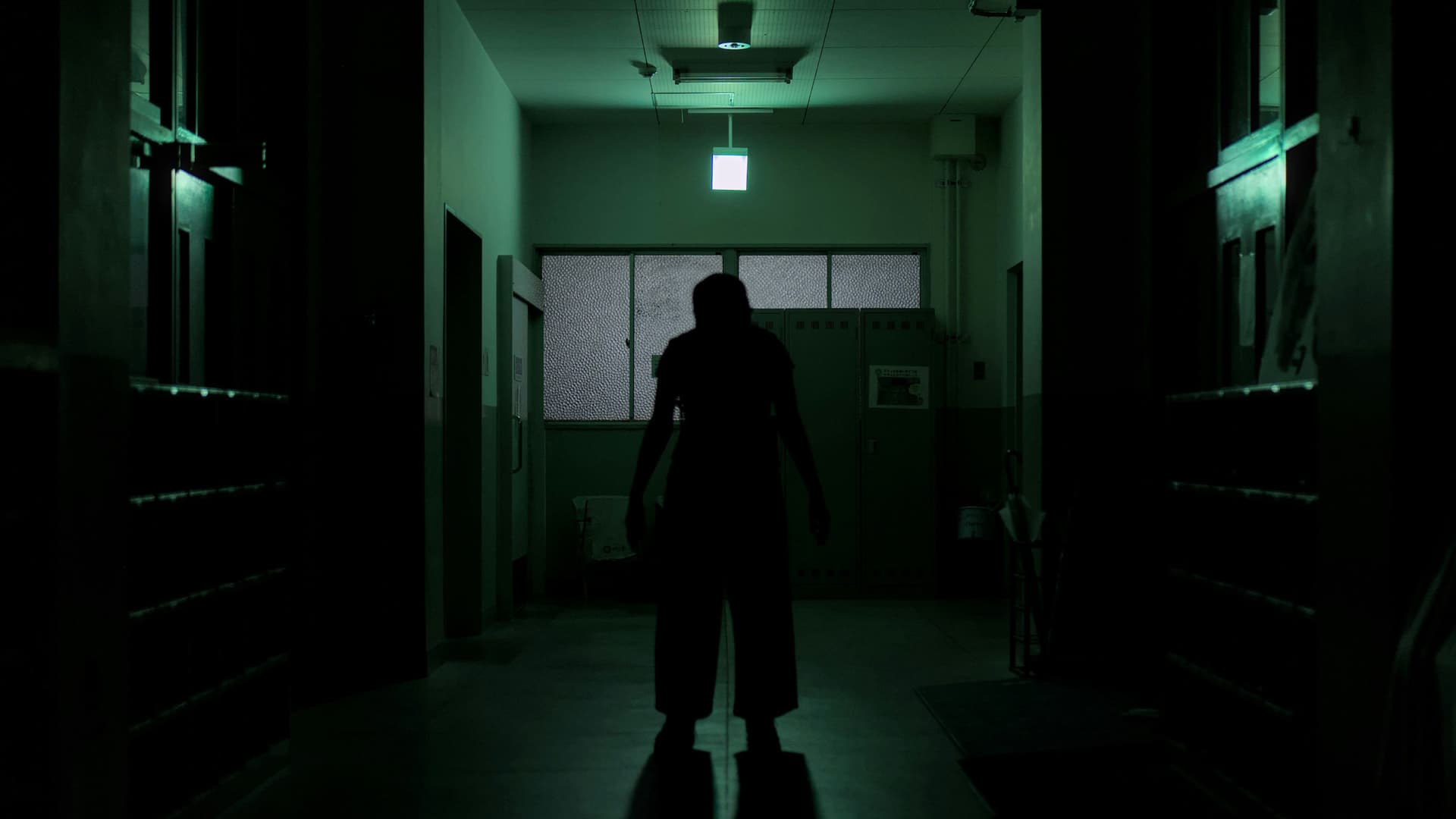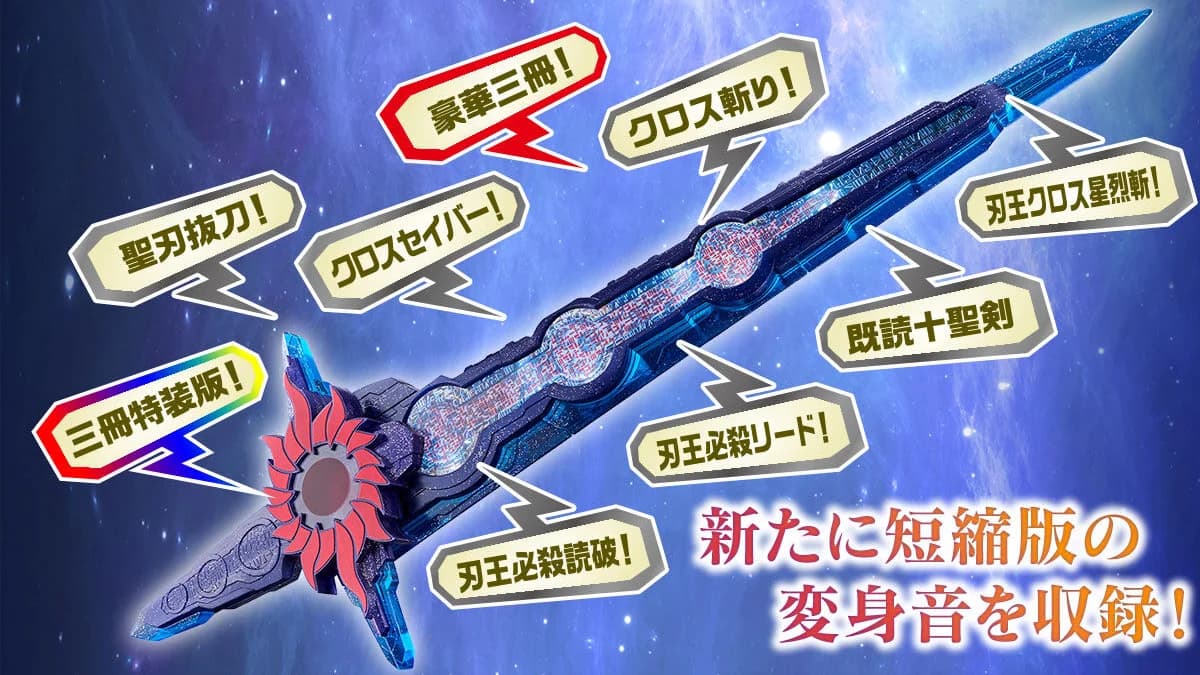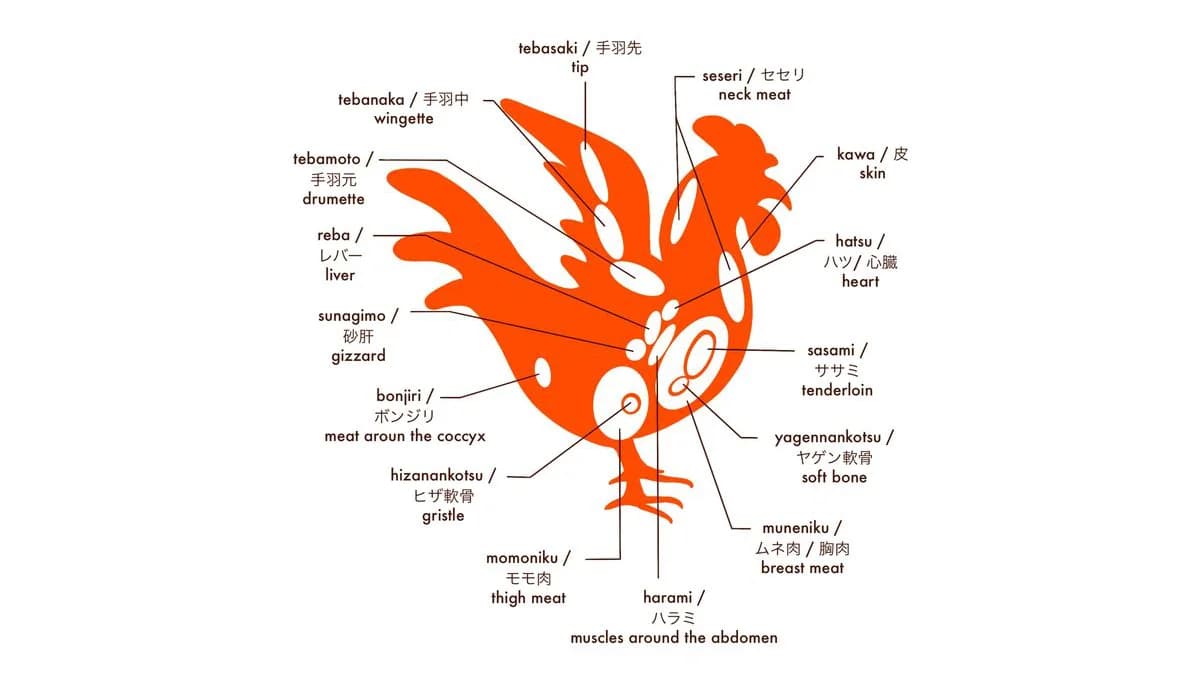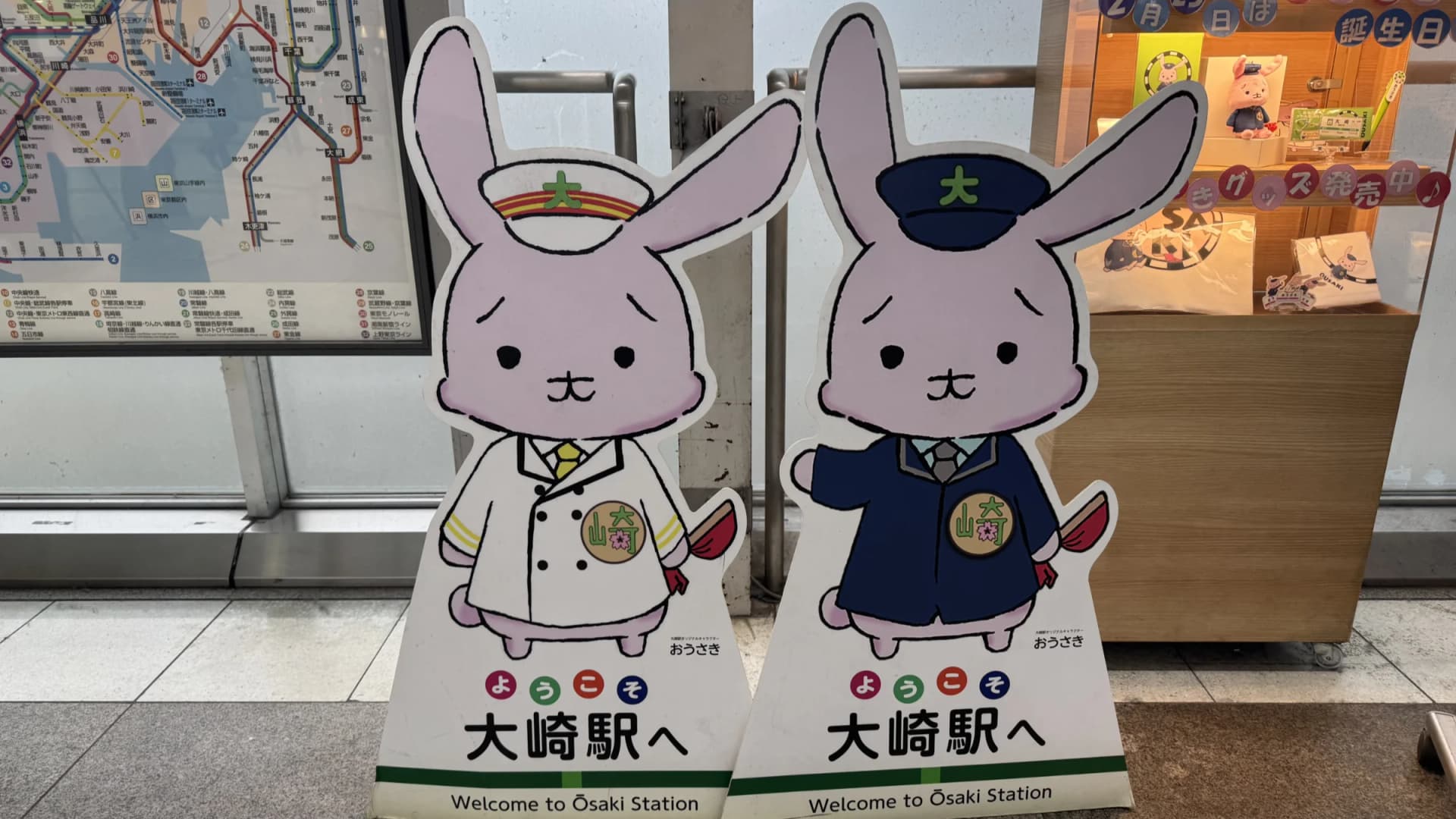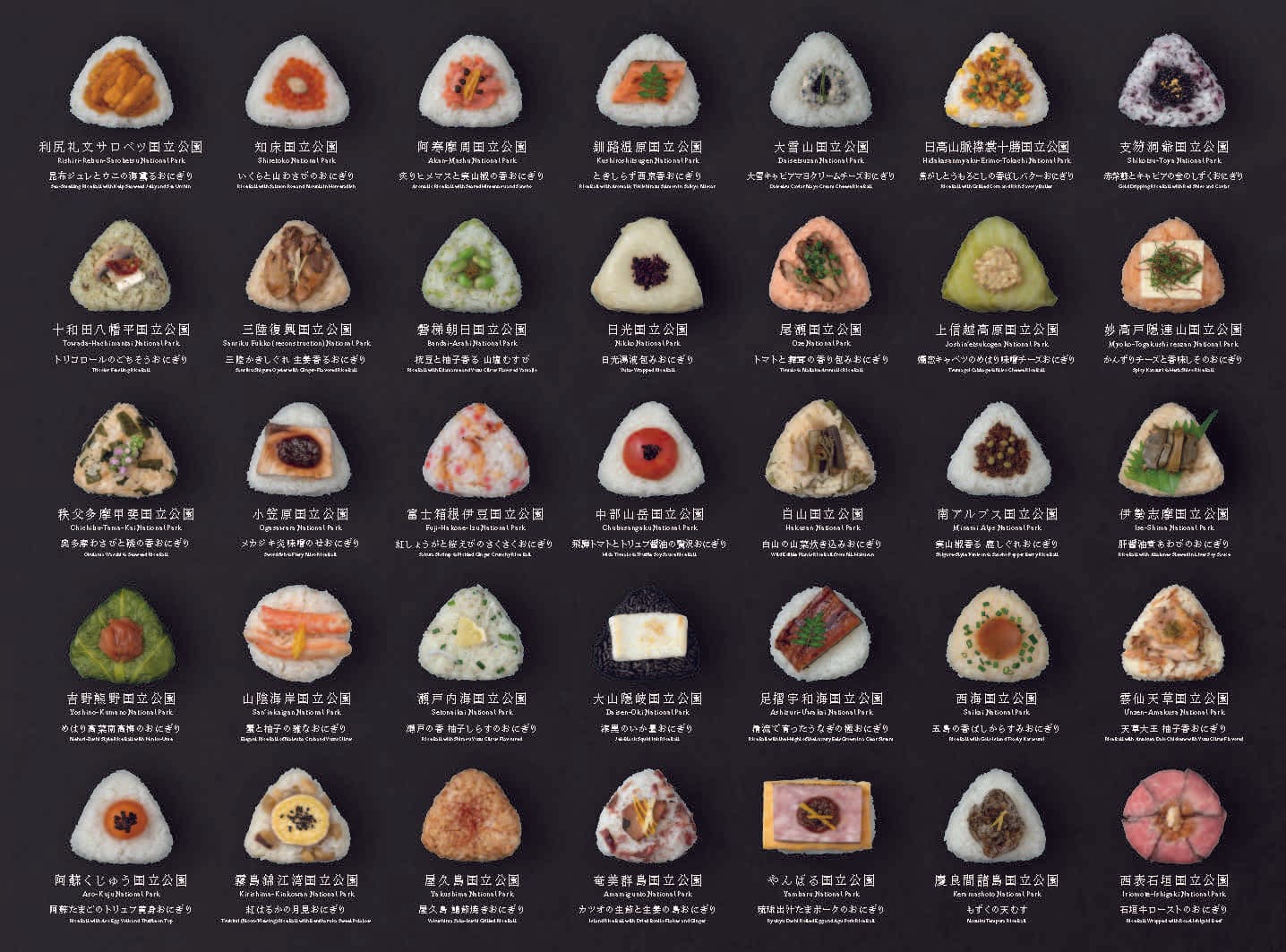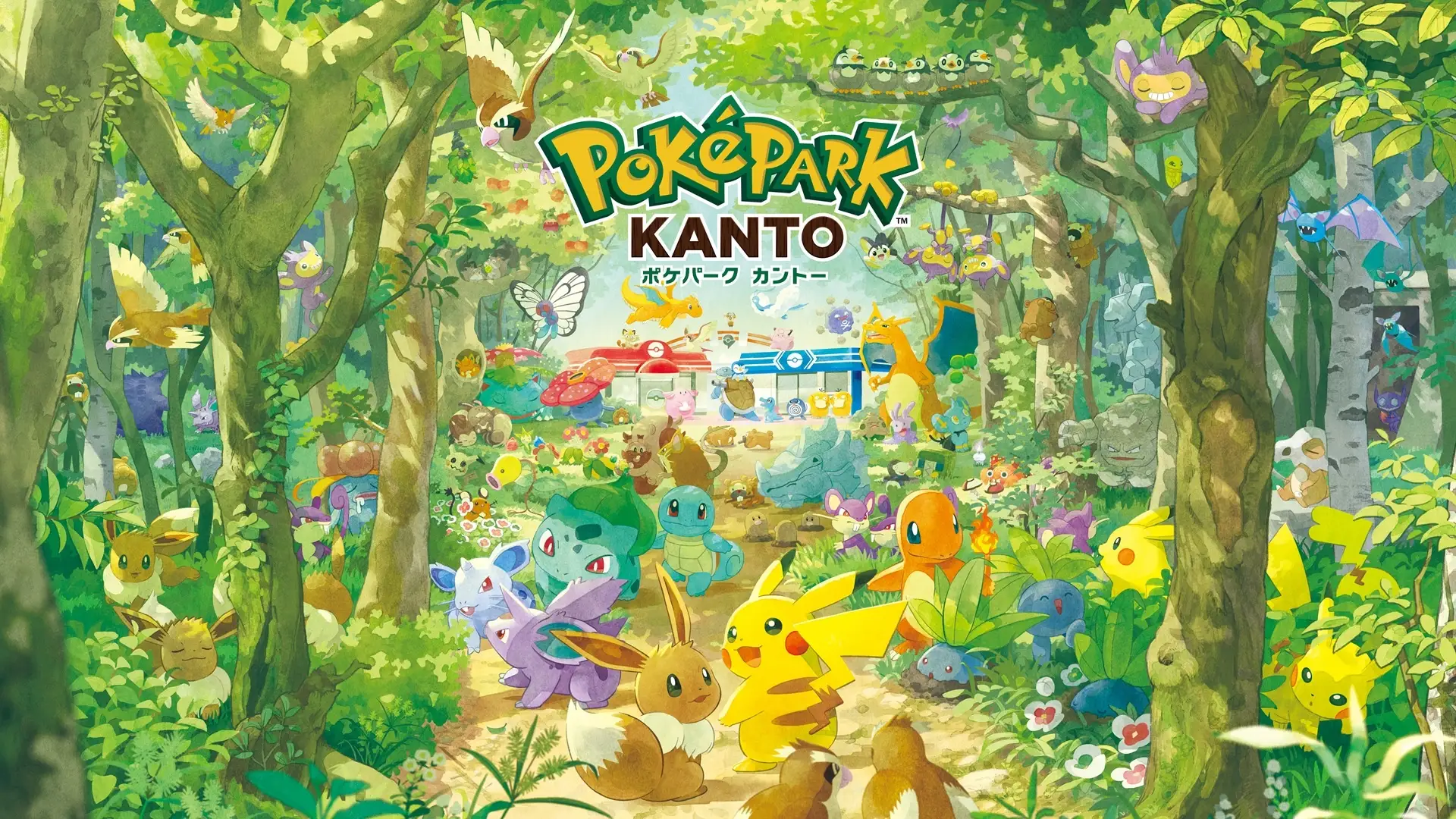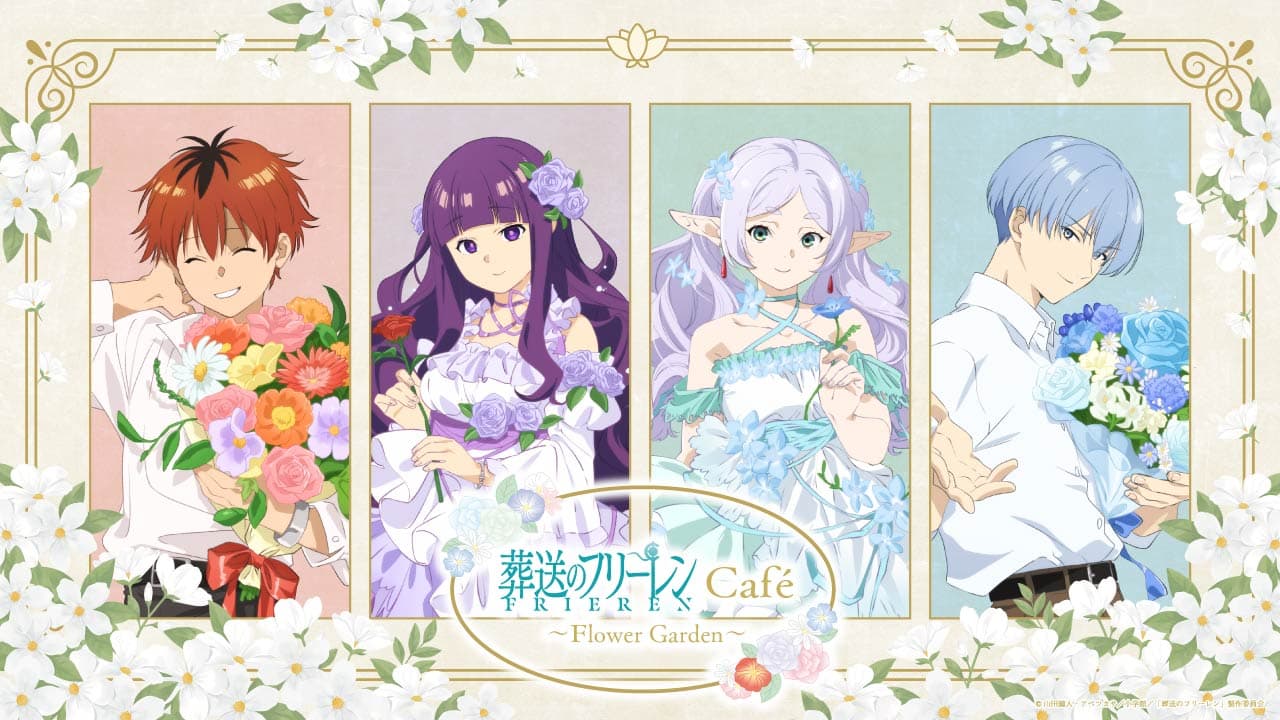
Experiencing Japan's Four Seasons Through Its Biggest Celebrations
Setsubun 節分 - around 3rd or 4th February
Setsubun, according to the old Japanese calendar, falls on the day before the official start of spring and marks the first spring festival. This event is renowned for its various rituals and customs designed to drive away misfortune and usher in good luck for the year ahead.
The roots of Setsubun can be traced back to Japan's medieval period, integrating elements of Chinese New Year traditions, which spread to Japan along with Buddhism. Over the centuries, Setsubun has evolved into a cultural event that encapsulates a blend of religious beliefs, folklore, and seasonal practices, reflecting the Japanese people's deep connection with nature.
One of the most well-known Setsubun traditions is the custom of scattering beans, known as Mamemaki (豆撒き). Grains have been associated with spiritual power since ancient times, and roasted soybeans, referred to as Fukumame (福豆), or "fortune beans”, are believed to ward off malevolent influences. During this event, people often wear Oni (鬼) masks and perform as evil spirits. The ritual involves throwing fortune beans at these oni while shouting, "Oni wa soto! Fuku wa uchi!" (鬼は外福は内) which translates to "Out with demons! In with fortune!" Since these beans are thought to purify homes and banish evil spirits associated with bad luck, throwing them out of the front door is sometimes sufficient.
Another traditional practice involves placing small decorations featuring sardine heads and holly leaves, called Hiiragi Iwashi (柊鰯), at the entrance of homes to protect against malevolent spirits. Setsubun is also a time-honored occasion to enjoy uncut sushi-maki rolls known as Ehōmaki (恵方巻き), or "lucky direction roll”. Ehōmaki should be eaten in silence while facing the year's lucky compass direction, determined by the zodiac symbol of the year.Although the tradition is believed to have originated in the Kansai region, it has since spread throughout the country.
Hinamatsuri 雛祭り - around 3rd March
Hinamatsuri, also known as Girls' Day, is a significant religious holiday in Japan with its central focus on the display of beautifully ornamental dolls, known as Hinaningyō (雛人形). This celebration, rooted in Shinto tradition, occurs annually and has deep cultural significance.
At the heart of Hinamatsuri are the Hinaningyō dolls, dressed in traditional Japanese attire from the Heian period. These dolls are exquisitely detailed and dressed to represent the imperial court. They are carefully placed on a multi-levelled platform covered with a vibrant red carpet, called Hinadan (雛壇).
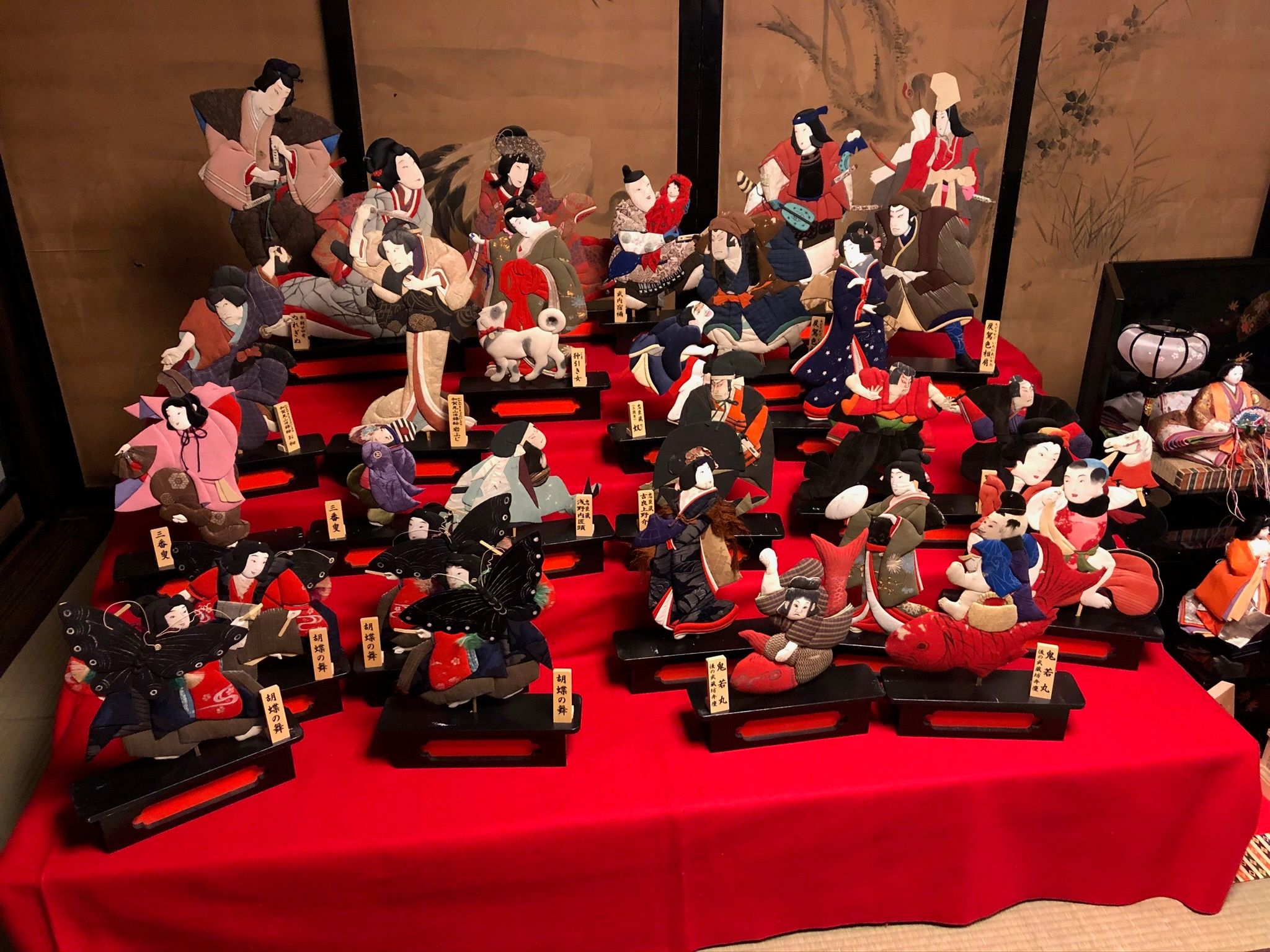
On the topmost tier are two dolls symbolising the Emperor and Empress, followed by their courtiers and other figures in descending order of rank.
These display platforms, known as Hinakazari (雛飾り), can vary greatly in size and opulence. Some may be quite simple and modest, while others are impressively decorated with intricate details.
Families with young daughters begin setting up the Hina dolls in February, and the displays are taken down immediately after the festival to avoid superstition about late marriage for the daughters. The dolls are believed to absorb evil spirits or misfortunes that might befall the girls, acting as a protective charm.
In addition to the Hinadan, there are other types of doll decorations associated with Hinamatsuri. Tsurushibina (吊るし雛) are hanging decorative dolls, often made of coloured cords and adorned with miniature dolls and silk flowers. Another tradition, observed in some regions, is Nagashibina (流し雛), where dolls made from paper or straw are floated down a river as part of Hinamatsuri ceremonies. This symbolic act is believed to carry away impurities and sins.
Hinamatsuri is also celebrated with special foods that carry symbolic meanings. Chirashizushi (ちらし寿司), a colourful dish of sushi rice topped with various ingredients, is popular for its festive appearance and taste. Hishimochi (菱餅), diamond-shaped rice cakes in pink, white, and green, represent health and longevity. Sweet rice wine called Shirozake (白酒) is also consumed during the festivities.
Shunbun no Hi 春分の日 - around on 21st March
Shunbun no Hi marks the arrival of Spring Equinox Day. This holiday falls when the sun aligns directly above the equator, resulting in nearly equal day and night lengths across the globe. Established by law in 1948, it's one of Japan's national holidays with a profound purpose: to foster an appreciation for nature and express gratitude towards all living beings. The date varies slightly, but it generally occurs around March 20th or 21st.
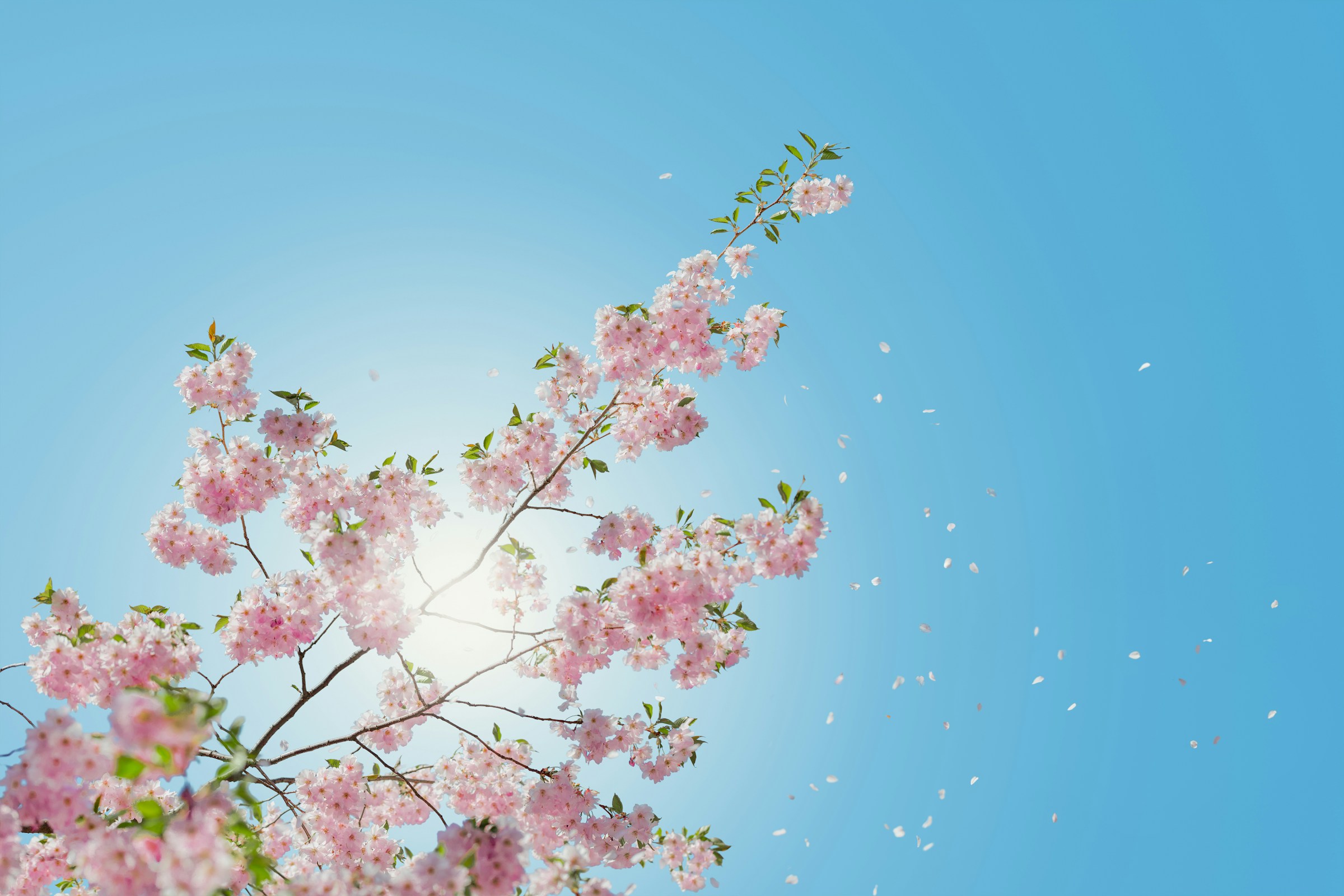
Shunbun has its origins in the "Spring Imperial Ancestral Rite” - Shunki Kōrei-sai (春季皇霊祭), an imperial family tradition still observed as a solemn ceremony. On this day, the revered Ise Jingu Shrine, alongside many regional shrines, engage in the ritual of offering prayers.
This occasion coincides with Higan (彼岸), a Buddhist observance where Japanese people honour their ancestors. During Higan, temples hold memorial services, and individuals scrupulously clean graves and Buddhist altars, making offerings to their forebears.
Shunbun is a momentous day not only for expressing gratitude to deities for their blessings but also for praying for a prosperous harvest in the seasons to come. It is a time when the essence of both Shinto and Buddhist traditions merge, emphasising the interconnectedness of nature and gratitude for life's abundance.
Hanami 花見 - from the end of March to early May
Hanami (花見), translated as "flower viewing”, is a cherished Japanese tradition that celebrates the ephemeral beauty of blossoming trees. While it's most commonly associated with the enchanting cherry trees, or sakura (桜), it extends its appreciation to other flowering trees, such as plum trees. The Japan Meteorological Agency annually predicts the blossoming times.
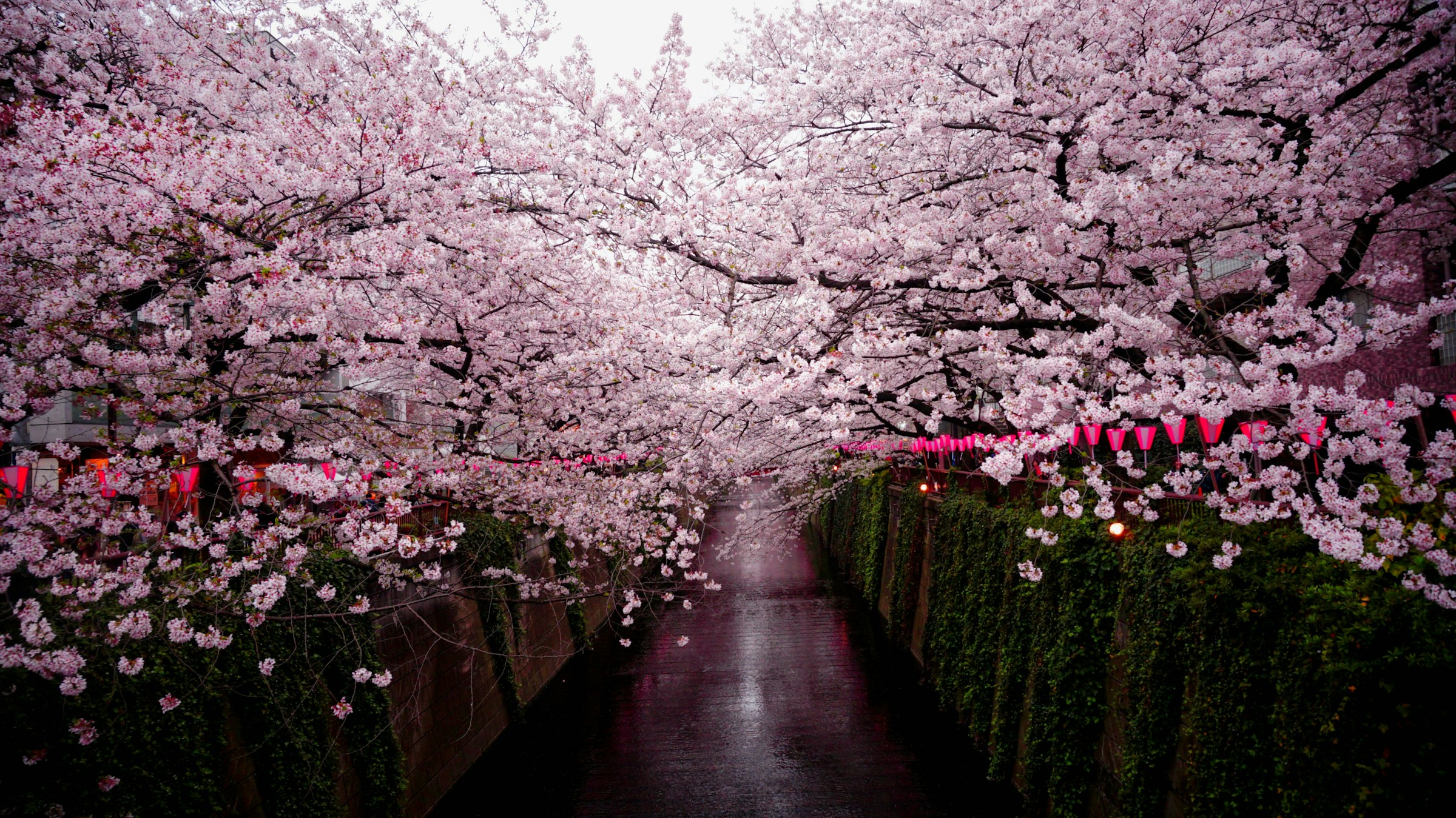
Hanami gatherings usually take place beneath the sakura trees, either during the bright daylight hours or under the enchanting cover of darkness. When enjoyed at night, it's known as Yozakura (夜桜), or "night sakura”. For this nighttime spectacle, the trees are temporarily adorned with whimsical paper lanterns, turning the setting into a dreamy world of illuminated blossoms.
The onset of Hanami varies depending on regional climates and temperatures. Throughout Japan, Hanami typically spans from the end of March to early May, filling these months with a vibrant display of nature's artistry. There is one exception: the southernmost prefecture of Okinawa, where the cherry blossoms unfurl as early as the second week of January, creating a captivating start to the nation's Hanami season.
Kodomo no Hi こどもの日 - May 5th
Central to the Children's Day festivities are the Koinobori (鯉のぼり) - carp-shaped windsocks or streamers that families fly outside their homes. The carp symbolises strength and perseverance, as carp are known for their ability to swim upstream against strong currents. The largest Koinobori, representing the father, is followed by smaller ones for the mother and each child in descending order of age. This beautiful display is not only visually striking but also emblematic of parents' wishes for their children to grow up brave and strong.

Another traditional aspect of Children's Day is the display of samurai dolls, known as Gogatsu Ningyo (五月人形), also referred to as May Dolls or Warrior Dolls, inside homes. These displays typically include a traditional Japanese helmet (兜) - Kabuto and traditional Japanese armour (鎧) - Yoroi. These items are meant to inspire strength and valour in children, drawing from the samurai's courage and honour.
Additionally, families may partake in various traditional foods, such as Kashiwa mochi (柏餅) - rice cakes wrapped in oak leaves and Chimaki (ちまき) - steamed sweet rice cakes, which have their own symbolic meanings linked to growth, longevity, and success.
Children's Day is not only a day for celebration but also an opportunity for families to spend quality time together, engaging in activities such as picnics, park visits, and attending local festivals. Various events are organised across the country, including traditional Japanese games, performances, and martial arts demonstrations, making it a culturally rich and entertaining day for children and adults alike.
Last Updated:
